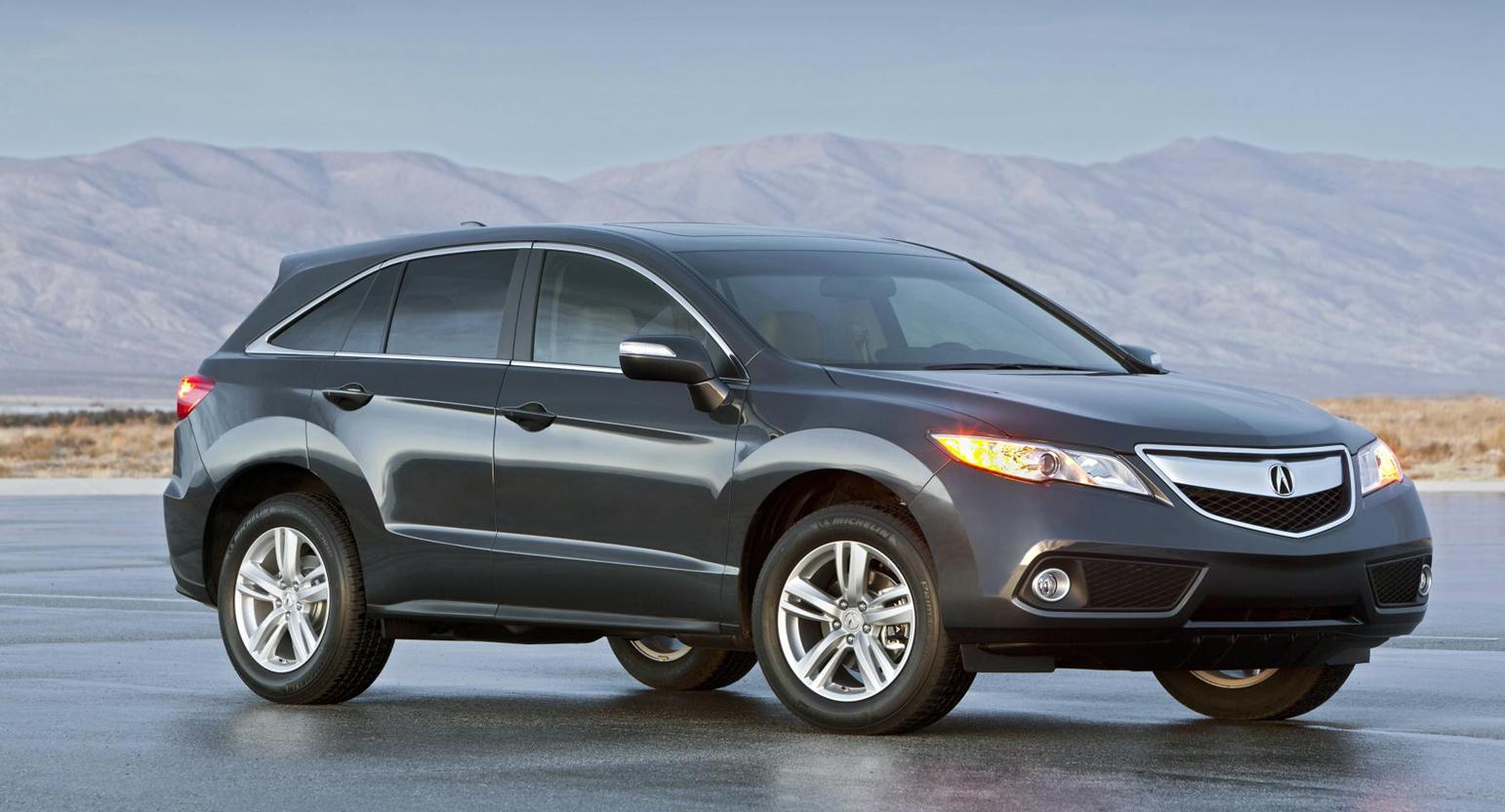34 million U.S. drivers were age 65 or older as of 2010. But that number is expected to grow to 40 million by 2020, according to info provided by the American Automobile Association (AAA). Finding vehicles with well designed automotive features that support the physical changes brought on by aging is a high priority for seniors. AAA has created a simple, yet useful tool to aid in that process.
While some older drivers seem to be relatively unscathed by physical limitations from aging…many aren’t so lucky. Ailments and conditions that can make driving anywhere from uncomfortable to dangerous seem to be playing a larger design factor in newer vehicles…features targeted at helping senior to compensate for many of the physical changes that can come with aging.
- Lower-body mobility issues – such as limited knee range and leg pain are common for those over 55. Features such as adjustable power seats, a low door threshold and adjustable foot pedals can help lessen or eliminate discomfort.
- Upper-body mobility issues – that can cause pain or stiffness in the back, neck, arms or shoulders. Adjustable lumbar support and heated seats can help soothe aching backs and shoulders. Large wide-angle mirrors and large rear windows aid visibility, and can work with a rear backup camera, active parallel-park assistance, and front and rear parking sensors to help senior drivers maneuver their vehicles without engaging in too much of the upper-body twisting and turning that can be painful for those with stiffness in the neck or shoulders.
- Shorter stature & Weight Gain – People start losing about 1/2 inch in height every 10 years, according to Harvard Medical School studies. Weight gain is another common issue. A recent study by the Centers for Disease Control and Prevention estimates that one-third of seniors aged 65 and older wrestle with obesity. Features such as adjustable seats, adjustable foot pedals and a tilt-and-telescoping steering wheel can help both shorter and overweight drivers to find safe and supportive seating positions.
- Arthritis – Stiff Fingers – Compromised fine-motor skills – Thicker steering wheels are easier for arthritic hands to grasp, and keyless entry and ignition helps these drivers avoid the potentially painful hand movements involved in inserting and twisting a key. Other user-friendly features for arthritic drivers include a heated power mirror and larger dashboard controls. In SUVs and crossovers, an automatic tailgate closer can be a real bonus for drivers with arthritis.
- Vision – Difficulty with reading information displayed on their vehicles’ instrument panels. Their eyes may also recover more slowly from glare. Features such as extendable sun visors, larger audio and climate controls, auto-dimming low-glare mirrors and a high-contrast instrument panel can help seniors who face these challenges behind the wheel.
Here are 10 vehicles hand picked by Edmunds.com that offer features designed to support drivers that face the above challenges….from sedans to SUVs, and ranging in price tag from upper end luxury models to the very affordable.


